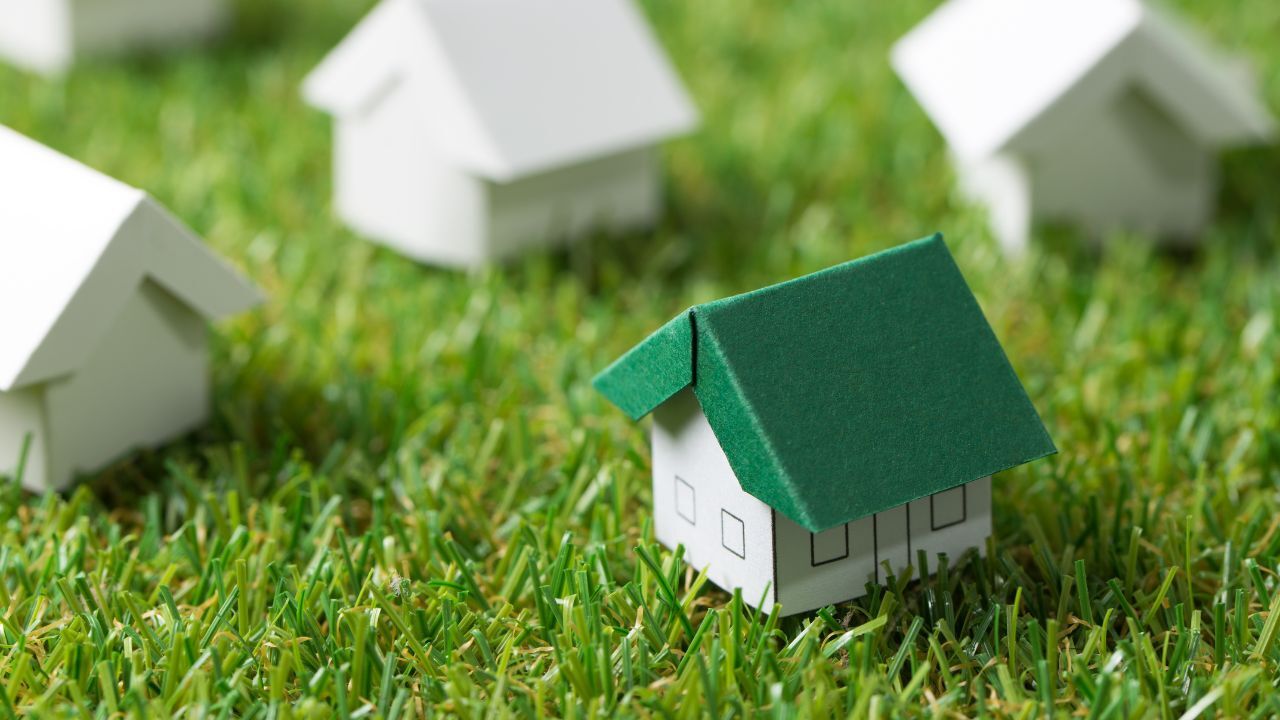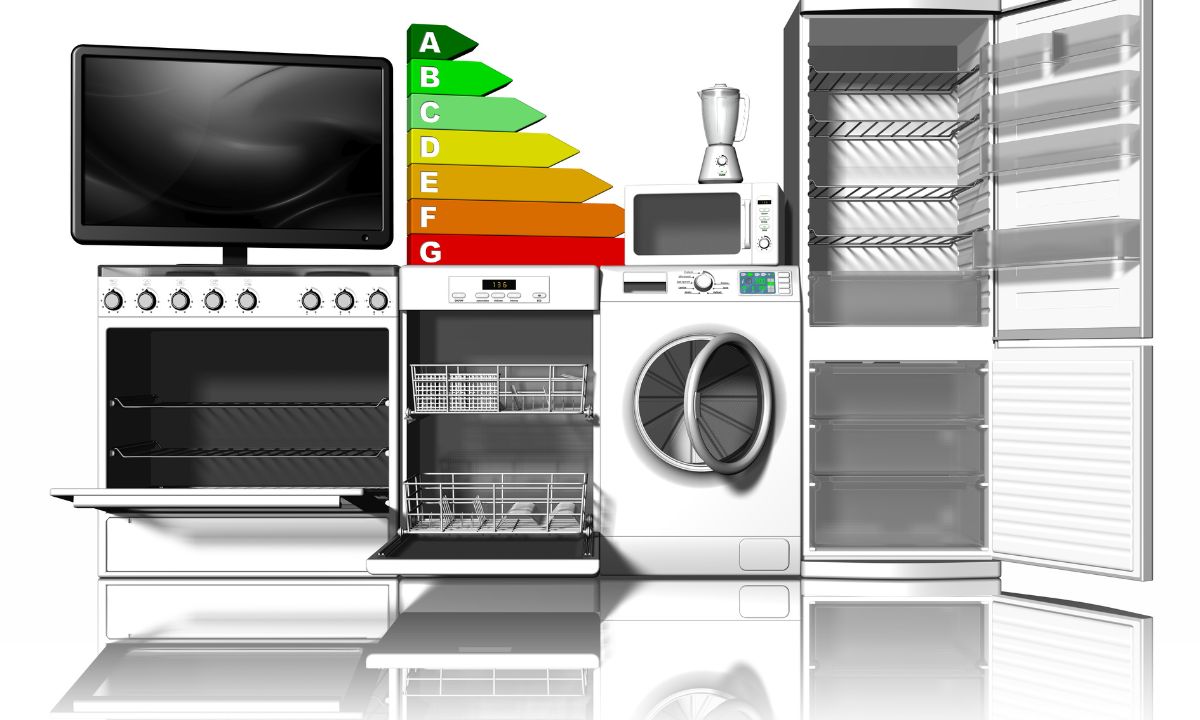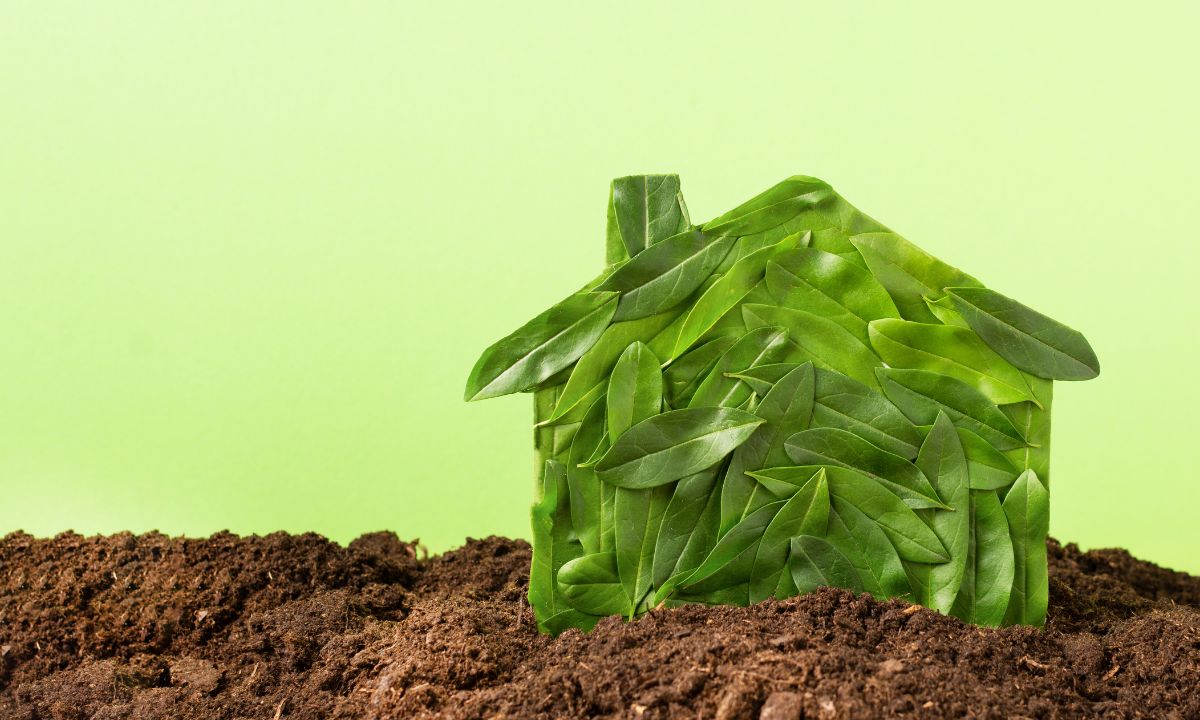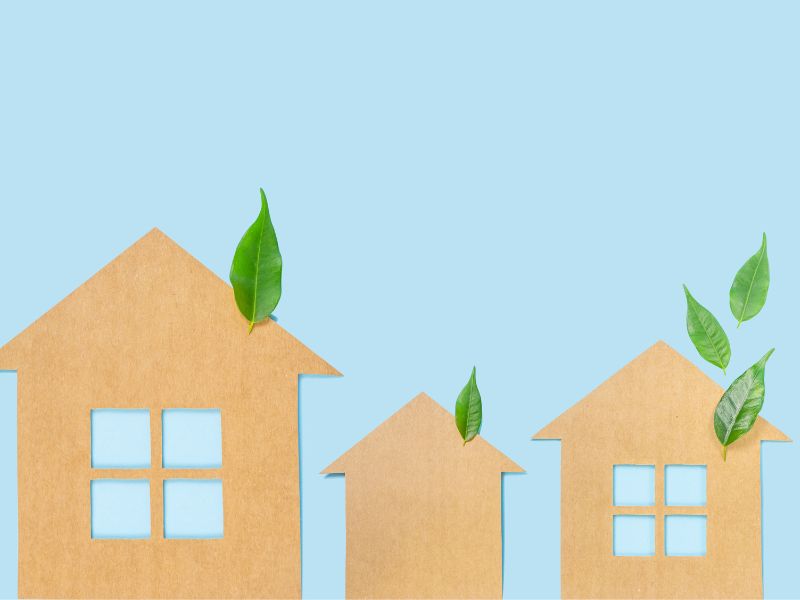 Eco-friendly living is more than just a trend, it is becoming a priority for today’s homebuyers. While solar panels often get the spotlight, there are many other green features that not only reduce your environmental footprint but also boost your home’s resale value. If you are thinking of making upgrades before selling, or you are a buyer looking for long-term savings, these sustainable features deserve a closer look.
Eco-friendly living is more than just a trend, it is becoming a priority for today’s homebuyers. While solar panels often get the spotlight, there are many other green features that not only reduce your environmental footprint but also boost your home’s resale value. If you are thinking of making upgrades before selling, or you are a buyer looking for long-term savings, these sustainable features deserve a closer look.
Energy-Efficient Windows and Insulation
Replacing old, drafty windows with double- or triple-pane energy-efficient models can significantly reduce energy costs and improve comfort. Paired with upgraded insulation in attics and walls, these improvements keep homes warmer in the winter and cooler in the summer, without overworking the HVAC system.
Buyers are increasingly aware of utility costs, and homes with these upgrades often appraise higher and sell faster, especially in regions with extreme temperatures.
Smart Thermostats and Energy Monitoring
Smart thermostats, like Nest or Ecobee, offer more than convenience—they can cut heating and cooling bills by learning a household’s habits and optimizing energy use. Buyers love seeing these systems in place because they offer immediate cost savings and reflect a modern, tech-savvy lifestyle.
Some systems even come with full energy monitoring dashboards, giving homeowners insight into their usage and empowering them to make more sustainable choices.
Drought-Resistant Landscaping
Water-efficient yards are rising in popularity, especially in areas where drought or water restrictions are common. Xeriscaping, native plants, drip irrigation systems, and artificial turf help reduce water usage without sacrificing curb appeal.
Eco-friendly landscaping is attractive to buyers not only for environmental reasons but also because it reduces long-term maintenance and utility bills.
Tankless Water Heaters and High-Efficiency Appliances
Tankless water heaters deliver hot water on demand, which saves energy and extends the lifespan of the unit. When paired with ENERGY STAR-rated appliances—like refrigerators, washers, and dishwashers—they can make a strong impression on buyers who are looking for a more efficient, lower-cost home.
These upgrades signal that the home has been well cared for and updated for modern living.
EV Charging Stations
With electric vehicles on the rise, having a Level 2 charging station installed in the garage or driveway can give your home an edge over similar listings. It is a relatively small investment that appeals to a growing segment of eco-conscious buyers.
In some markets, this feature is no longer considered a luxury—it is a smart, forward-thinking addition that can sway decisions in competitive neighborhoods.
Sustainability Sells
Today’s buyers are looking for homes that align with their values and lifestyles. Sustainable upgrades can reduce ownership costs, improve comfort, and help protect the environment while increasing property value.
As your real estate agent, I can help you identify which green features will give you the best return on investment and appeal most to buyers in your local market. Let’s make your home both smarter and greener.
 When shopping for a new home, it’s important to consider not just the aesthetics and location, but also the environmental impact of your future residence. Green features in homes are becoming increasingly popular, not only for their benefit to the environment but also for the cost savings they can provide over time. Here are some key green features to look for when buying a home:
When shopping for a new home, it’s important to consider not just the aesthetics and location, but also the environmental impact of your future residence. Green features in homes are becoming increasingly popular, not only for their benefit to the environment but also for the cost savings they can provide over time. Here are some key green features to look for when buying a home: In recent years, the concept of eco-friendly homes has gained significant traction, and for good reason. As awareness of environmental issues grows, more homeowners are seeking ways to minimize their carbon footprint while also reaping the benefits of sustainable living. We will discuss the world of eco-friendly homes, exploring their sustainable features and the potential cost savings they offer. From solar panels to energy-efficient appliances, there’s a plethora of options available to conscientious homeowners looking to make a positive impact on the planet.
In recent years, the concept of eco-friendly homes has gained significant traction, and for good reason. As awareness of environmental issues grows, more homeowners are seeking ways to minimize their carbon footprint while also reaping the benefits of sustainable living. We will discuss the world of eco-friendly homes, exploring their sustainable features and the potential cost savings they offer. From solar panels to energy-efficient appliances, there’s a plethora of options available to conscientious homeowners looking to make a positive impact on the planet. Environmental consciousness is at the forefront of global conversations, and the real estate industry is undergoing a significant transformation. Homebuyers are increasingly seeking residences that not only provide comfort and style but also align with their commitment to sustainability. The rise of eco-friendly homes marks a shift towards responsible living, where individuals are making choices that benefit both their well-being and the planet.
Environmental consciousness is at the forefront of global conversations, and the real estate industry is undergoing a significant transformation. Homebuyers are increasingly seeking residences that not only provide comfort and style but also align with their commitment to sustainability. The rise of eco-friendly homes marks a shift towards responsible living, where individuals are making choices that benefit both their well-being and the planet.